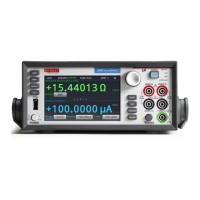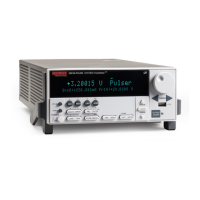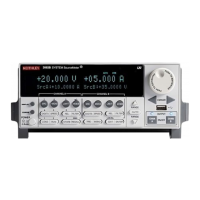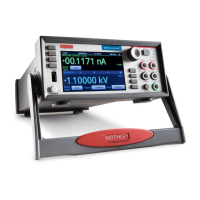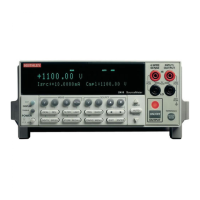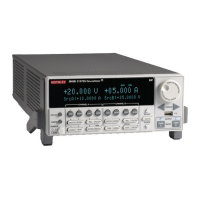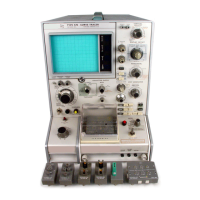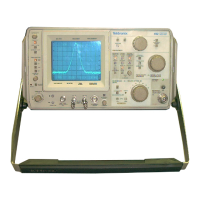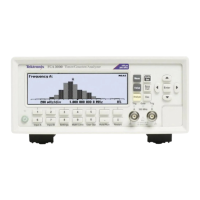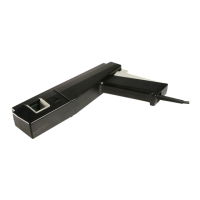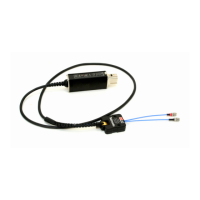Example 1: Cable compensation (on page 4-6) demonstrates how cable compensation is done.
If the file defined for CabCompFile does not exist, or there is no path specified (null string), the
default compensation parameters are used. When entering the path, use two backslash (\\)
characters to separate each directory. For example, if your cable file is in
C:\calfiles\590cal.dat, you enter the following:
C:\\calfiles\\590cal.dat
If a switch matrix to route signals is being controlled by a connection action (for example, connect),
there is no need to connect InputPin and OutPin. Set these parameters to 0.
The return values from status can be:
• 0: OK.
• -10000 (INVAL_INST_ID): The specified instrument ID does not exist. This generally means
that there is no instrument with the specified ID in your configuration.
• -10001 (INVAL_PIN_SPEC): An invalid DUT pin number was specified.
• -10003 (NO_SWITCH_MATRIX): No switch matrix was found.
• -10004 (NO_MATRIX_CARDS): No matrix cards were found.
• -10020 (COMP_FILE_ACCESS_ERR): There was an error accessing the specified cable
compensation file.
• -10021 (COMP_FILE_NOT_EXIST): The specified compensation file does not exist.
• -10022 (KI590_NOT_IN_KCON): There is no CMTR defined in the configuration of your system.
Also see
CableCompensate590 user module (on page 4-13)
